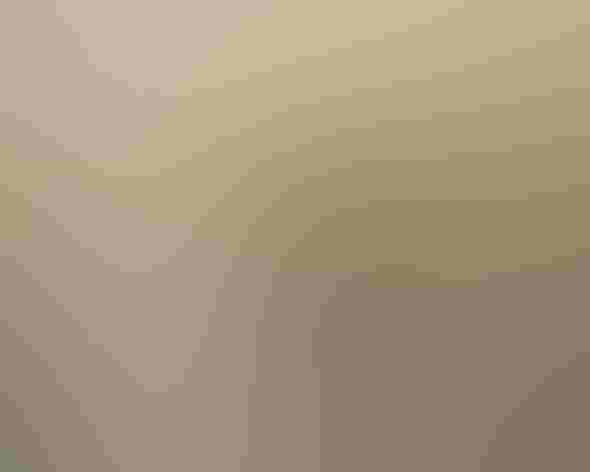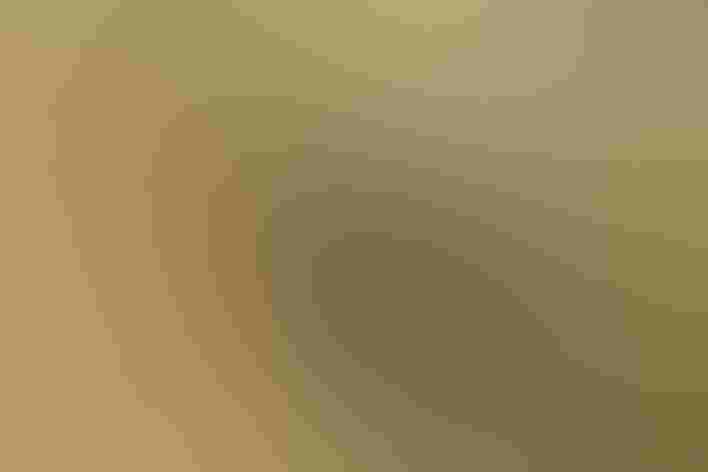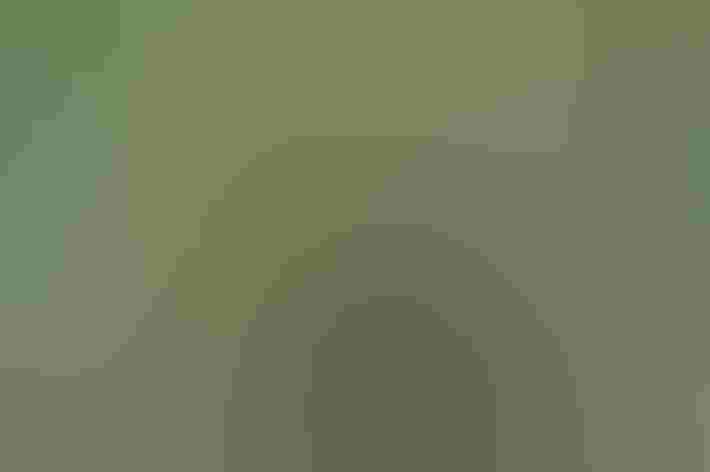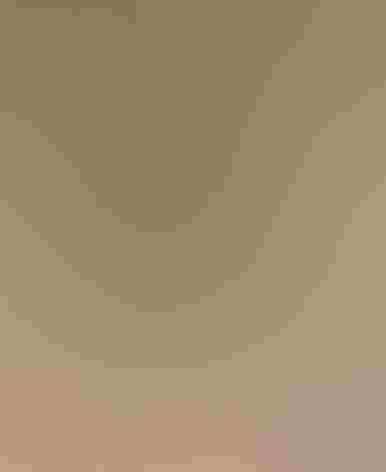Yellow-headed Blackbird
At a Glance
The male Yellow-headed Blackbird is impressive to see, but not to hear: it may have the worst song of any North American bird, a hoarse, harsh scraping. Yellow-heads nest in noisy colonies in big cattail marshes of the west and midwest; when not nesting, they gather in flocks in open fields, often with other blackbirds. At some favored points in the southwest in winter, they may be seen in flocks of thousands.
All bird guide text and rangemaps adapted from by Kenn Kaufman© 1996, used by permission of Houghton Mifflin Harcourt Publishing Company. All rights reserved.
Category
Blackbirds and Orioles, Perching Birds
IUCN Status
Least Concern
Habitat
Desert and Arid Habitats, Fields, Meadows, and Grasslands, Freshwater Wetlands, Landfills and Dumps, Shrublands, Savannas, and Thickets
Region
Alaska and The North, California, Eastern Canada, Florida, Great Lakes, Mid Atlantic, New England, Northwest, Plains, Rocky Mountains, Southeast, Southwest, Texas, Western Canada
Behavior
Direct Flight, Undulating
Population
11.000.000
Range & Identification
Migration & Range Maps
Migrates in flocks. Males may tend to winter farther north than females, on average. Strays reach Atlantic Coast, especially in fall.
Description
8-11" (20-28 cm). Name describes male, black with a yellow head; also note his white wing patches, obvious in flight. Female a bit smaller, sooty brown, with yellow on face and chest, white streaks on belly, no white wing patches. Immatures have some yellow on head, wing patches small or absent.
Size
About the size of a Robin
Color
Black, Brown, White, Yellow
Wing Shape
Broad, Rounded
Tail Shape
Rounded, Square-tipped
Songs and Calls
Harsh, incessant oka-wee-wee and kruck calls, coming from many individuals in a colony, blend into a loud, wavering chorus.
Call Pattern
Flat, Rising
Call Type
Buzz, Chatter, Chirp/Chip, Scream, Whistle
Habitat
Fresh marshes. Forages in fields, open country. Breeds in freshwater sloughs, marshy lake borders, tall cattails growing in water up to 3-4' deep. Forages around marshes and also commonly in open pastures, plowed fields, cattle pens, feedlots.
Sign up for ÃÛèÖAPP's newsletter to learn more about birds like the Yellow-headed Blackbird
Behavior
Eggs
4, sometimes 3-5. Pale gray to pale green, blotched and dotted with brown or gray. Incubation is by female only, 11-13 days.
Young
Both parents feed nestlings. Young leave nest after about 9-12 days, but remain among dense marsh plants until they are ready to fly, about 3 weeks after hatching. 1 brood per year, possibly 2.
Feeding Behavior
Forages mostly by walking on the ground in open fields or near the water's edge; also forages low in marsh vegetation. Sometimes catches insects in flight. May follow farm machinery in fields to feed on insects and grubs turned up by the plow. Except in nesting season, usually forages in flocks, often associated with other blackbirds.
Diet
Mostly insects and seeds. Feeds heavily on insects in summer, especially beetles, caterpillars, and grasshoppers, also ants, wasps, and others, plus a few spiders and snails. Young are fed mostly insects. Probably two-thirds of diet consists of seeds, including grass and weed seeds plus waste grain.
Nesting
Typically nests in colonies in marshes, each male selecting territory within colony and defending it against rivals by singing. One male may have as many as 5 mates. Nest: Placed in marsh, firmly lashed to standing vegetation (cattails, bulrushes, reeds) growing in water, usually no more than 3' above water's surface. Nest (built by female) is a bulky, deep cup woven of aquatic plants, lined with dry grass or with fine, dry marsh plants.
Conservation
Conservation Status
Undoubtedly has declined in some areas with draining of marshes; however, still widespread and very common.
Climate Threats Facing the Yellow-headed Blackbird
Choose a temperature scenario below to see which threats will affect this species as warming increases. The same ÃÛèÖAPP change-driven threats that put birds at risk will affect other wildlife and people, too.











